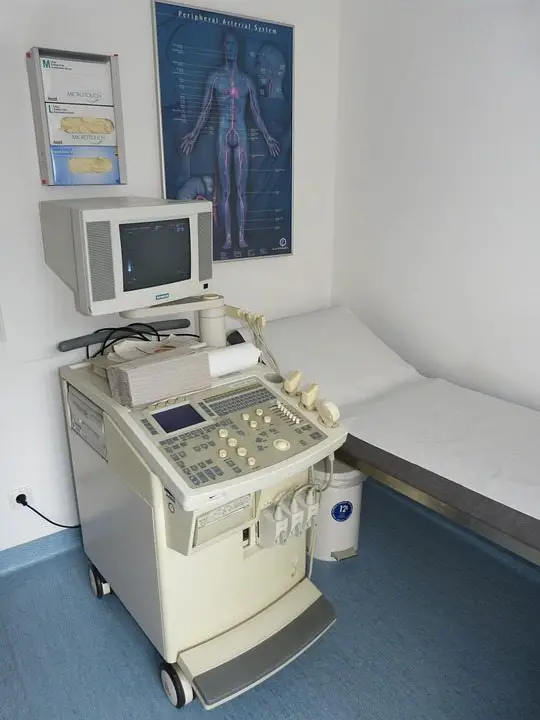
In a thriving radiology practice, all technologists contribute to the functioning of the whole. However, one sort of technologist, in particular, can tip the balance between a smoothly run practice and disaster. Which one would that be? Well, if you read the title, you would know immediately!
Why does a breast ultrasound technologist wield so much power over a successful radiology practice? Unlike other technologists, I came up with three reasons why we rely on them so much. First, these technologists are the most “independent” of all other technologists. Second, they require a good eye, more so than other technologists. And finally, they must have excellent hand-eye coordination. We will examine all three characteristics and what happens when your practice uses a suboptimal technologist.
Independence
Sure, most technologists have some autonomy. I mean, CT techs must set the parameters for the scans independently. And mammography techs must ensure they perform all the QI before beginning a study. But breast ultrasound technologists are unique in this regard. When breast sonographers leave the room to create their images, you cannot check the quality of their work directly. What do I mean by that? Sure, there are required images. However, the ultrasonographer can choose to show you whatever they deem crucial. Alternatively, this same tech can leave out what they think is “unnecessary.”
I can’t think of any other technologists with such independence of action. You can almost always check the work of a CT, mammography, MRI, or fluoro technologist. The body part is complete, or it isn’t. The breast tissue is all on the film, or it’s not. On the other hand, with ultrasound techs, you can never know if they have completed what they were supposed to. You must rely on their word and their word alone.
What happens when the ultrasound technologist does not act independently? These technologists come reeling in and out of the reading room incessantly, asking questions and interrupting the day’s workflow. Furthermore, the radiologist’s stomach churns when unsure if the technologist knows the morphology and location of what they are searching for. That means they must check and recheck everything the breast ultrasound technologist completes. It wastes so much time that the radiologist cannot attend to his other duties.
The “Good Eye”
Radiologists rely on the ability of breast ultrasound technologists to pinpoint a specific lesion on mammography. Or, they need to find the proverbial needle in a haystack on screening ultrasound. In other words, they must keep constant awareness of their search. In addition, they need to identify the shapes and abnormalities they see on the mammogram. This task becomes challenging when you have a 350-pound patient with a large amount of breast tissue! A “good eye” varies widely among technologists, similar to radiologists. But, good technologists will reliably find what is needed and discard the impertinent findings in the breast.
I can’t tell you how often a technologist without a “good eye” will search and search for something, only to have you, the radiologist, come in and find the lesion first. Imagine the hours over a lifetime that a radiologist must waste to compensate for the ultrasound technologist without a “good eye”!
Hand-eye Coordination
Finally, an ultrasound technologist’s ability to scan patients relies upon a baseline level of coordination. This baseline becomes vital for two main reasons. First, the ultrasound technologist needs to find and rediscover a lesion. For instance, some lesions are tiny or roll off the transducer very easily. Good ultrasound technologists need a steady hand to create images of these abnormalities.
Furthermore, breast ultrasound technologists, in particular, play an essential role in performing procedures to assist radiologists with cyst aspirations and biopsies. They need to be able to keep the transducer on a specific plane at the time of a biopsy.
Frustrating is the singular word for performing procedures with a breast ultrasound technologist with two left hands! Imaging studies and techniques can take triple the amount of time with a technologist with poor coordination. That does not include contamination of the sterile field!
The Sharp Breast Ultrasound Technologist- The Key To A Well-Run Practice
As you can see, a breast ultrasound technologist is much more than just another member of the imaging center team. Without a quality breast ultrasound technologist, the center becomes much less efficient and can fall apart at the seams. If you find a great one, this team member becomes the glue holding the imaging center together. Keep the tech even if at a higher-than-average cost. Why? Because the costs to a practice pale compared to the damage if they leave!







